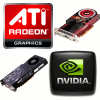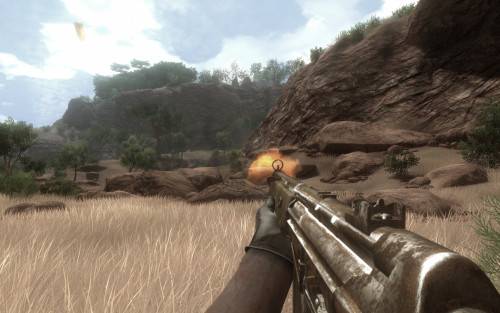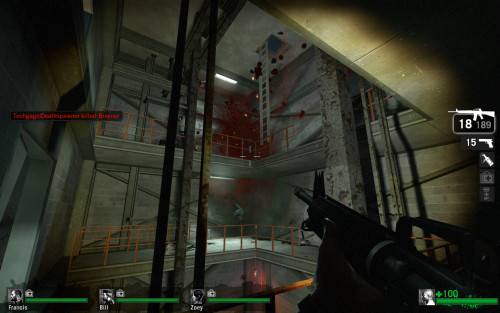- Qualcomm Launches Snapdragon 4 Gen 2 Mobile Platform
- AMD Launches Ryzen PRO 7000 Series Mobile & Desktop Platform
- Intel Launches Sleek Single-Slot Arc Pro A60 Workstation Graphics Card
- NVIDIA Announces Latest Ada Lovelace Additions: GeForce RTX 4060 Ti & RTX 4060
- Maxon Redshift With AMD Radeon GPU Rendering Support Now Available
ATI HD 4870 1GB vs. NVIDIA GTX 260/216 896MB

In the $250 – $300 price-range, there exists two graphics cards that want to see your dollar, but which one deserves it the most? To find out, we’re taking a thorough look at each. In addition to general performance comparison, we’re also taking a look to see which excels where power consumption and temperatures are concerned, in addition to overall pricing.
Page 5 – Far Cry 2, Left 4 Dead
Sequels are common, and four of our six games used here prove it. But what’s different with Far Cry 2, though, is that while the other sequels here don’t throw you for a loop when you first load it up and generally give you what you’d expect to see, this game does the absolute opposite. We knew for months that Far Cry 2 wasn’t going to be a direct continuation of the original, but for the most part, this game could have gone by any other name and no one would even make a connection. Luckily for Ubisoft, though, the game can still be great fun.
Like the original, this game is a first-person shooter that offers open-ended gameplay, similar to S.T.A.L.K.E.R. You’ll be able to roam the huge map (50km^2) of a central African state which will mostly be traversed by vehicle, as walking even 2% in any direction gets very tedious after a while. This game is a perfect GPU benchmark simply because the graphics are better than the average, with huge draw distances, realistic nature and even a slew of animals to pass by (and kill if you are evil enough).
Our run through takes place in the Shwasana region, and consists of leaving a small hut and walking towards four people prepared to kill me for no apparent reason (except that this is a game). After the opponents are eliminated, a walk along the dirt road continues for another twenty seconds until we reach a small hut with supplies.



NVIDIA’s card continues to impress here, but similar to Fallout 3, the gains are rather minor. The performance gains are best-appreciated at 2560×1600, where every extra pinch of performance can be noticed. Like Crysis, this is another game that should hit 30 FPS to be fully enjoyable, and both cards score that just fine in all three resolutions.
Left 4 Dead
Not too many game publishers can brag about having such a great track record like Valve can. None of their major game releases have ever been released to anything but praise, which goes to show that not rushing to release a game to please investors can make a huge difference. Take Half-Life 2, Team Fortress 2 and Portal, for example.
Left 4 Dead is one game I didn’t take seriously up until its launch. After playing it though, my opinions changed drastically, and even as I type this, I feel like saving the document and going to play. But, I’m also scared of Zombies, so continue writing I shall. Like Dead Space, this game is a survival shooter, but unlike that game, this title focuses completely on co-op. For the most part, the game is dulled in single player, but team up with three of your friends and let the laughs and excitement begin.
The portion of the level we use for testing is contained within the No Mercy campaign. The ultimate goal in the entire campaign is to make it to the top of a hospital in order to be picked up and brought off to safety. Our run through takes place in the final part of the the campaign, which leads up towards the roof tops. If one thing can be said about this title, it’s that causing a Boomer to explode (as seen in the above screenshot) proves to be one of the most satisfying things to do in any game I’ve played in a while.



Nice gains are again seen here, with the two top delivering 7 FPS more on average with the GTX 260. Both cards offered near-identical gameplay though, and I’d be hard-pressed to find someone who could tell the difference between the two. The engine in general isn’t as robust as some others out there, like Crytek’s, and Valve knows that the largest part of their customer base uses low-end or mid-range systems, so the game is definitely optimized to work on most any recent PC.
Support our efforts! With ad revenue at an all-time low for written websites, we're relying more than ever on reader support to help us continue putting so much effort into this type of content. You can support us by becoming a Patron, or by using our Amazon shopping affiliate links listed through our articles. Thanks for your support!







